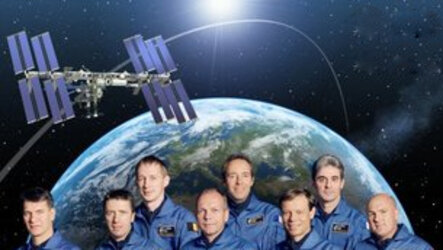Bedsuit
Seventies science-fiction or science experiment? Not an actor or space traveller, this ‘pillownaut’ might not have his feet on firm ground, but he is simulating spaceflight by spending three weeks in bed.
Our bodies adapt to long periods spent lying in bed at 6° below the horizontal as if they were flying in weightlessness. Muscles and bones waste away and when a mission or bedrest campaign ends, the body needs many days to return to form. Studying this process on bedrest volunteers is a lot cheaper and easier than collecting information on astronauts.
Finding ways to counteract negative effects to spaceflight is important for astronauts on long-duration missions as well as bedridden people on Earth.
The mask in this photo is part of a system to estimate energy requirements. It measures how much oxygen is consumed and how much carbon dioxide is exhaled by the volunteer. These measurements allow scientists to get an idea of the relationship between food, the lungs and the energy consumption when at rest.
The data are needed for an experiment in this ESA bedrest study held in Toulouse, France, in cooperation with the French space agency CNES. The University of Bonn is interested in seeing if a high-protein, high-salt diet combined with exercise could combat bone and muscle loss and insulin insensitivity.


















